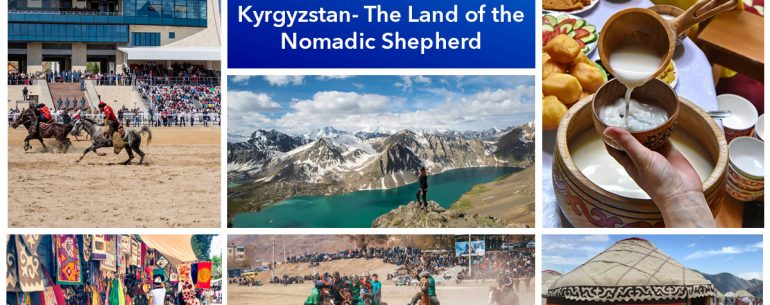Bolivia like the rest of South America is infamous for its leftist ideologies. The joke goes that their national pastime is protests. Which is probably true. Our first attempt at reaching mining town of Potosi had been thwarted by a three day long protest. The second time round, we encountered what we now suppose their second-in-line favorite thing might be. We conjectured that it could well be waiting out bus breakdowns.
Bolivians, we noticed have the patience of saints. They wait out breakdowns without a murmur. Almost close to midnight, when our bus broke down an hour into the journey from Tupiza to Potosi, we were left stranded in sub-zero temperatures and no heating by the bus driver who decided to walk back to town to get us a working bus. Bolivians, though exhibit at such times resilience and camaraderie. The entire bus trooped out, started a couple of fires to keep warm. Some of the more resourceful ones made tea and sold it to other passengers. When dawn broke, they somehow even managed to scramble breakfast and peddle it to now ravenous stranded wayfarers. It was not until 10.30 in the morning that the absconding bus driver returned with a functional bus. Ironically for people with a long standing reputation of rebellion, not one objected or raised a hue and cry about the delay and cheerfully got back in on the new bus and we were soon trundling along at a spanking pace albeit with a thirteen hour delay ( for a bus journey under four hours) that no one very much minded. With much time on our hands , we didn’t either.
In a couple of hours, we soon reached the UNESCO protected mining city of Potosi. At an altitude of 4,090 meters, it is one of the highest cities in the world. Potosi was once considered the most prosperous city in all of the Southern hemisphere. Legend goes that even its streets were lined with silver. And its wealth can be attributed directly to the mountain Cerro Rico that looms over the town. Cerro Rico roughly translates from Spanish to ‘rich mountain’. It is this towering mountain rich with silver ore that the Spanish literally minted their wealth from.
Because of the immense metallic wealth Potosi’s silver mines generated, the city became home to the now defunct Spanish royal mint. The National mint or Casa Nacional de Moneda was built by the Spaniards between 1753 and 1773. It is reputedly one of the world’s first coin mints. Today the impressive building is a testament to the city’s past riches and has been converted into a museum where you can still see the mint as it was run in the old days complete with mule driven cogs to beat out the silver. Displays allow one to understand the evolution of coins from rudimentary misshapen beaten metal to highly sophisticated well rounded imprints. The museum is currently also a repository of historical and anthropological treasures besides a notable collection of historical art and paintings
The establishment of the mint naturally was the direct result of Potosi’s abundance of silver. Though the existence of silver was known to the native population long before the Spanish discovered it, it was left alone by them on the grounds of being sacred. The conquistadors though had no compunctions in exploiting the mountain for wealth. By the 1670’s the Spanish had the first mines opened employing indigenous locals and thousands ( approximately 30,000) of African slaves to work the mines.
Today, however, there is no more silver in the mines. It was long since depleted in the 1800’s. Yet there are around 15,000 miners still working in the shafts. It is tin, zinc, lead and other minerals that are mined now. Miners have now taken to organizing themselves in cooperatives after the state run enterprise shut down due to lack of profits.
And even these minerals are set to soon run out. Potosi must brace itself for mass scale unemployment in the near future. But at present, miners apparently make on average more than double the regular income of average Potosi citizens. Earning around 120 bolivianos a day, miners earn unto 4,500 USD a year compared to 1,500 odd USD that is the city average. Yet they brave staggering odds for that extra bit of cash. More on that and journeying deep into the mines to meet the miners in the next post.
(……to be continued)
Feature image- A view of Potosi and the imposing Cerro Rico in the background. Image courtesy – Jool-yan /Shutterstock.com



Leave a Reply